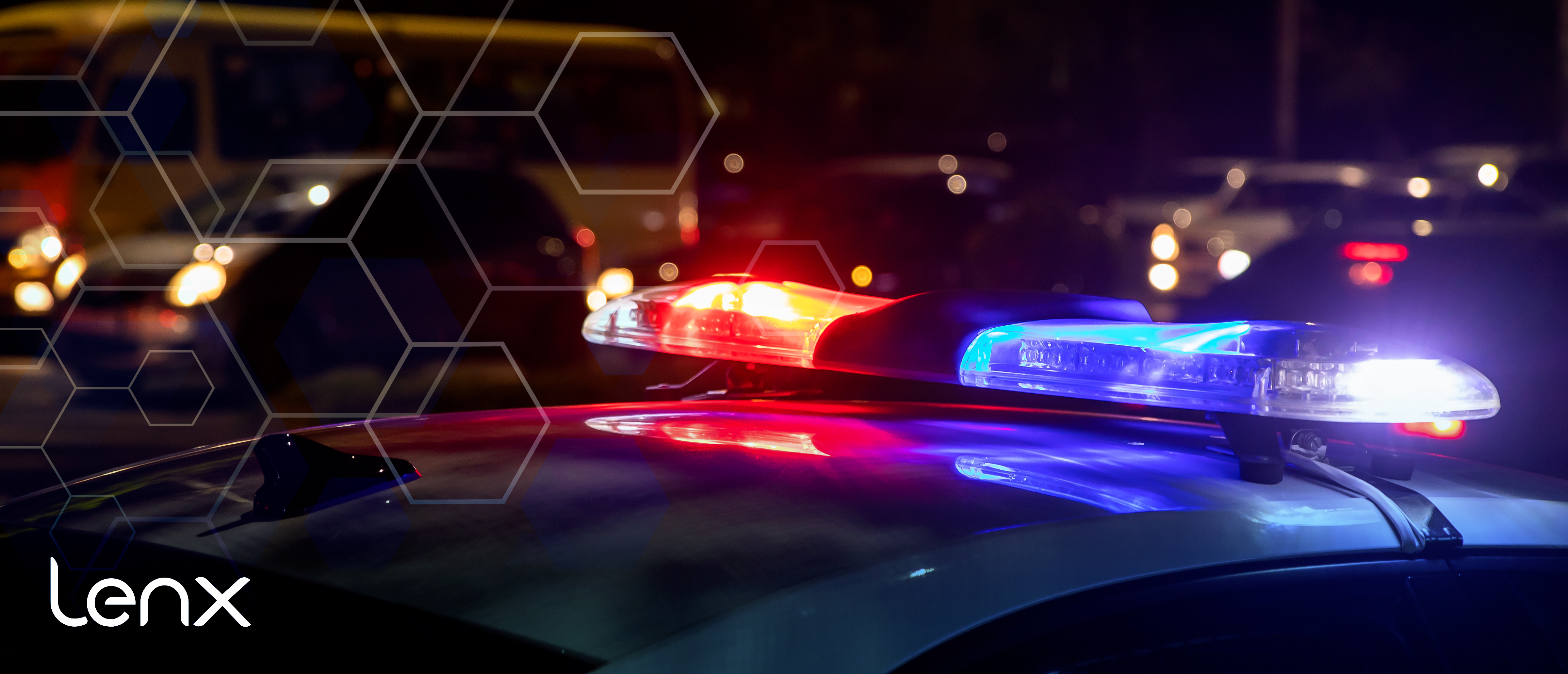
Training Officers To Work With AI Security And Active Shooter Detection Systems
In the evolving landscape of security, AI plays a pivotal role. It's transforming how we detect and respond to threats, particularly active shooter incidents.
AI security training is now a necessity for security officers. It equips them with the skills to leverage AI-powered tools, enhancing their response times and effectiveness.
This article delves into the importance of training officers to work with AI security and active shooter detection systems. It provides insights into the key components of AI security training and the role of AI in enhancing security measures.
Stay with us as we explore this critical aspect of modern security operations.
The Rising Importance of AI in Security
AI is revolutionizing the security sector. It's not just about automating tasks, but also about enhancing threat detection and response.
AI security systems can analyze vast amounts of data in real-time. This capability allows for quicker identification of potential threats, including active shooters.
Moreover, AI can identify patterns that humans might miss. This predictive ability can help prevent incidents before they occur.
In essence, AI is becoming an indispensable tool in security operations. Hence, the need for comprehensive AI security training for officers is more crucial than ever.
Key Components of AI Security Training
AI security training is multifaceted. It's not just about understanding the technology, but also about knowing how to use it effectively.
Training should cover the basics of AI. This includes how AI systems analyze data and make predictions.
Next, officers should learn about the specific AI security tools they'll be using. This could include AI security apps, gun detection systems, and active shooter detection systems.
Training should also include simulations and drills. These can help officers practice responding to alerts from the AI system.
Finally, officers should learn about the limitations of AI. This can help them understand when human judgment is needed.
AI Security Apps and Real-Time Threat Detection
AI security apps are a key tool in threat detection. They can analyze data from various sources in real-time.
These apps can identify potential threats quickly. This allows officers to respond to incidents faster.
In training, officers should learn how to use these apps effectively. This includes understanding the alerts and knowing how to respond.
AI Gun Detection Technology
AI gun detection technology is another important tool. It can identify firearms in real-time, even in crowded spaces.
This technology can alert officers to a potential active shooter. This allows for a quicker response.
Training should cover how this technology works. Officers should also learn how to respond to alerts from the system.
Active Shooter Detection Systems: An Overview
Active shooter detection systems are vital in today's security landscape. They use AI to detect potential threats.
When a potential threat is detected, the system sends an alert. This allows officers to respond quickly.
Training should cover how these systems work. Officers should also learn how to respond to alerts.
The Role of Active Shooter Alarm Systems
Active shooter alarm systems play a critical role in threat response. They alert officers and the public to potential threats.
In training, officers should learn how to use these systems effectively. This includes understanding the alerts and knowing how to respond.
Training Methodologies for Effective AI Security System Use
Training for AI security systems should be comprehensive. It should cover all aspects of the system's operation.
One effective method is simulation training. This allows officers to practice responding to alerts in a controlled environment.
Continuous learning is also important. As AI technology evolves, training should be updated to reflect these changes.
Best Practices for AI Security and Active Shooter Detection Implementation
Implementing AI security and active shooter detection systems requires careful planning. It's crucial to ensure that the technology integrates seamlessly with existing security protocols.
Regular testing and maintenance of these systems is also essential. This ensures they remain effective and reliable in detecting threats.

